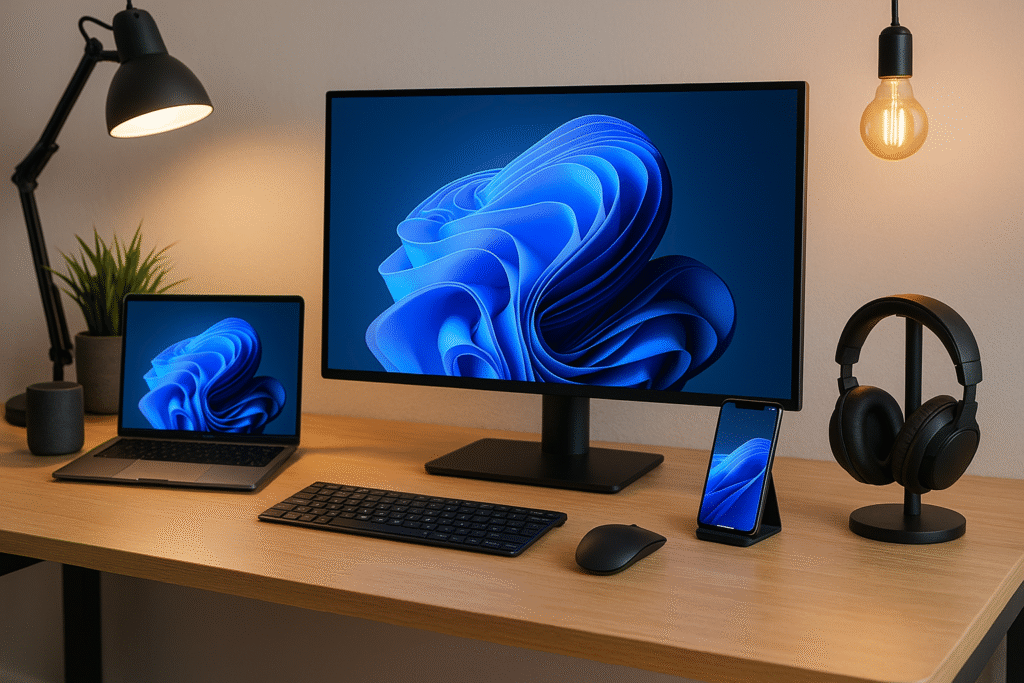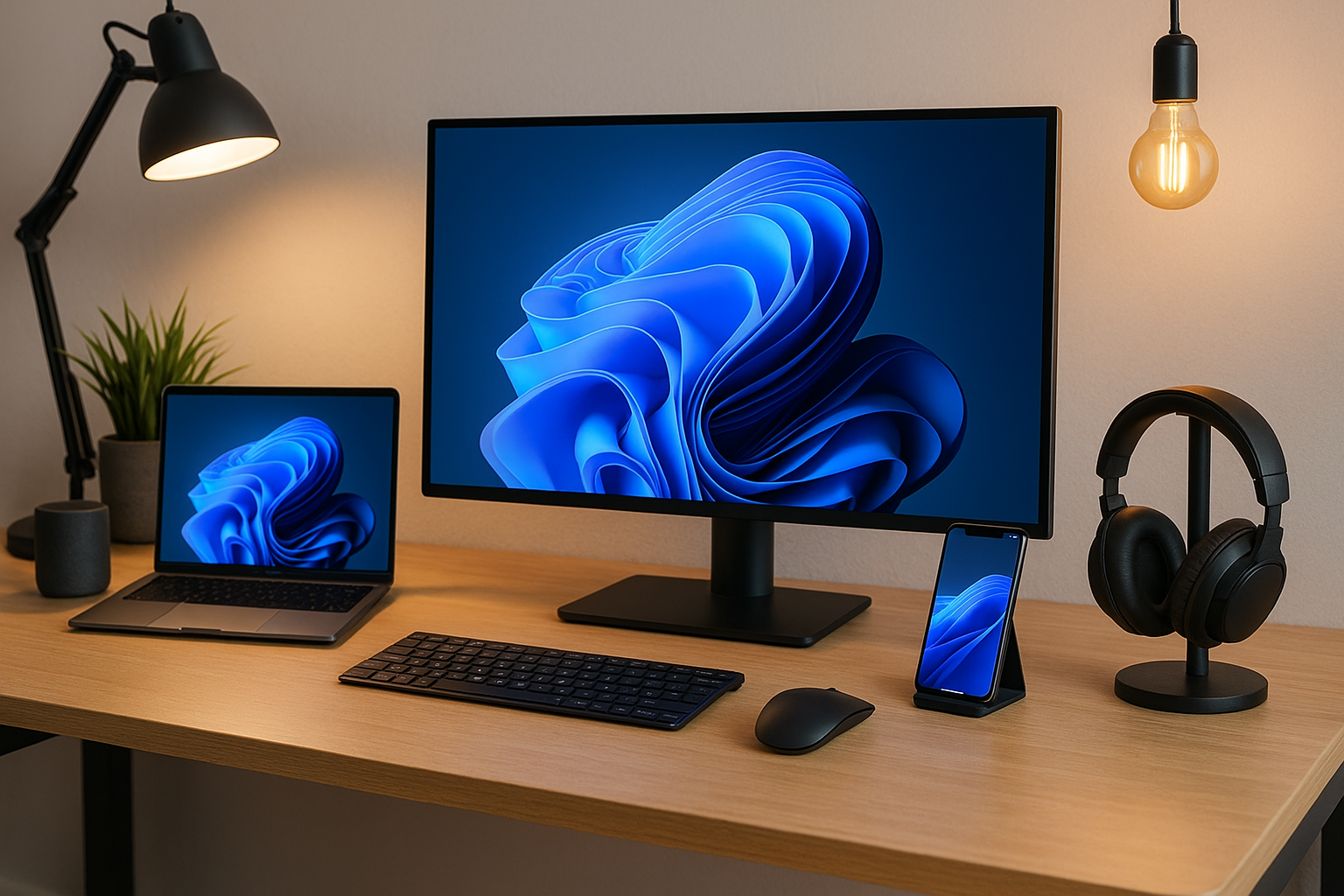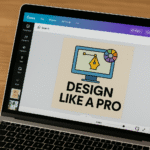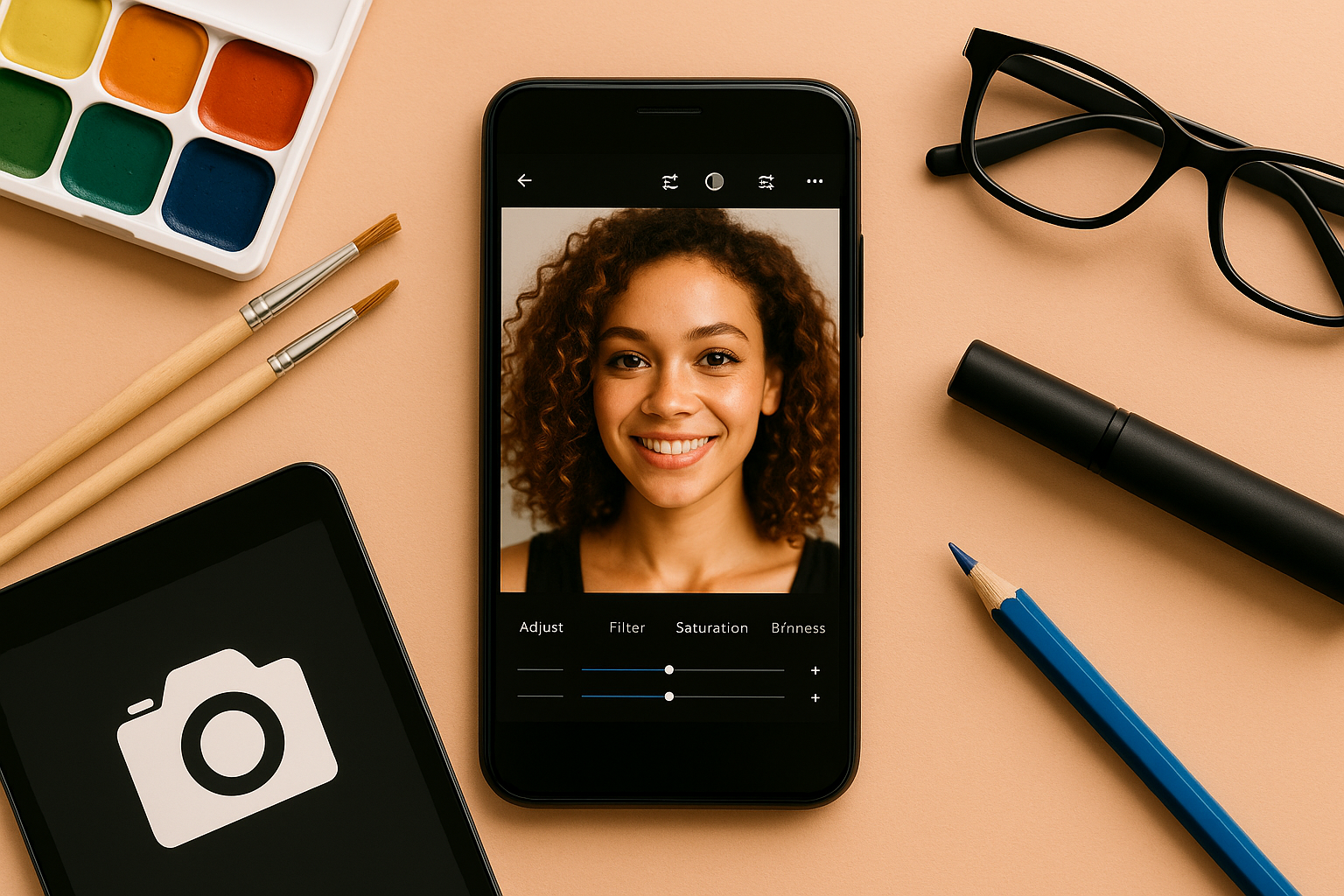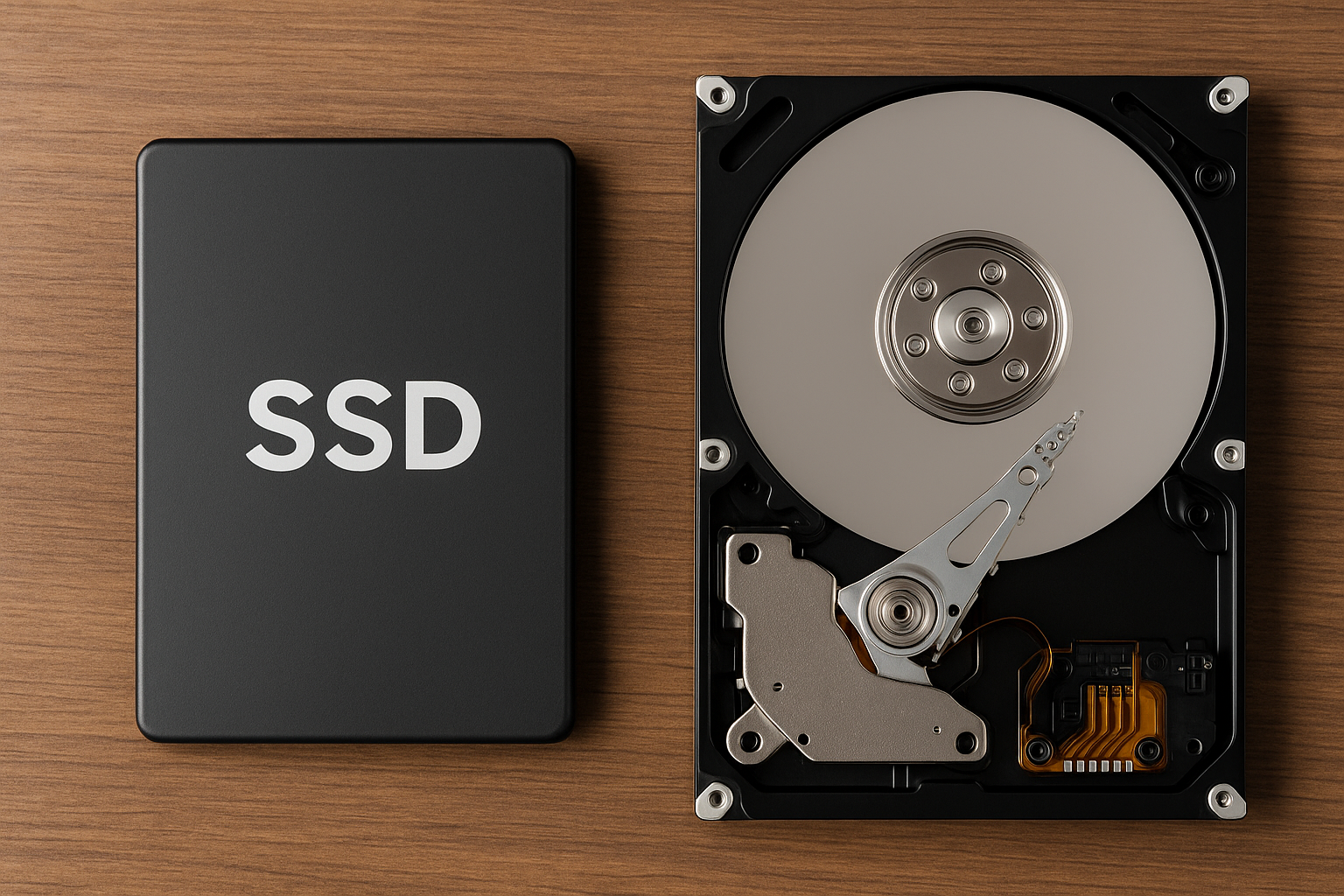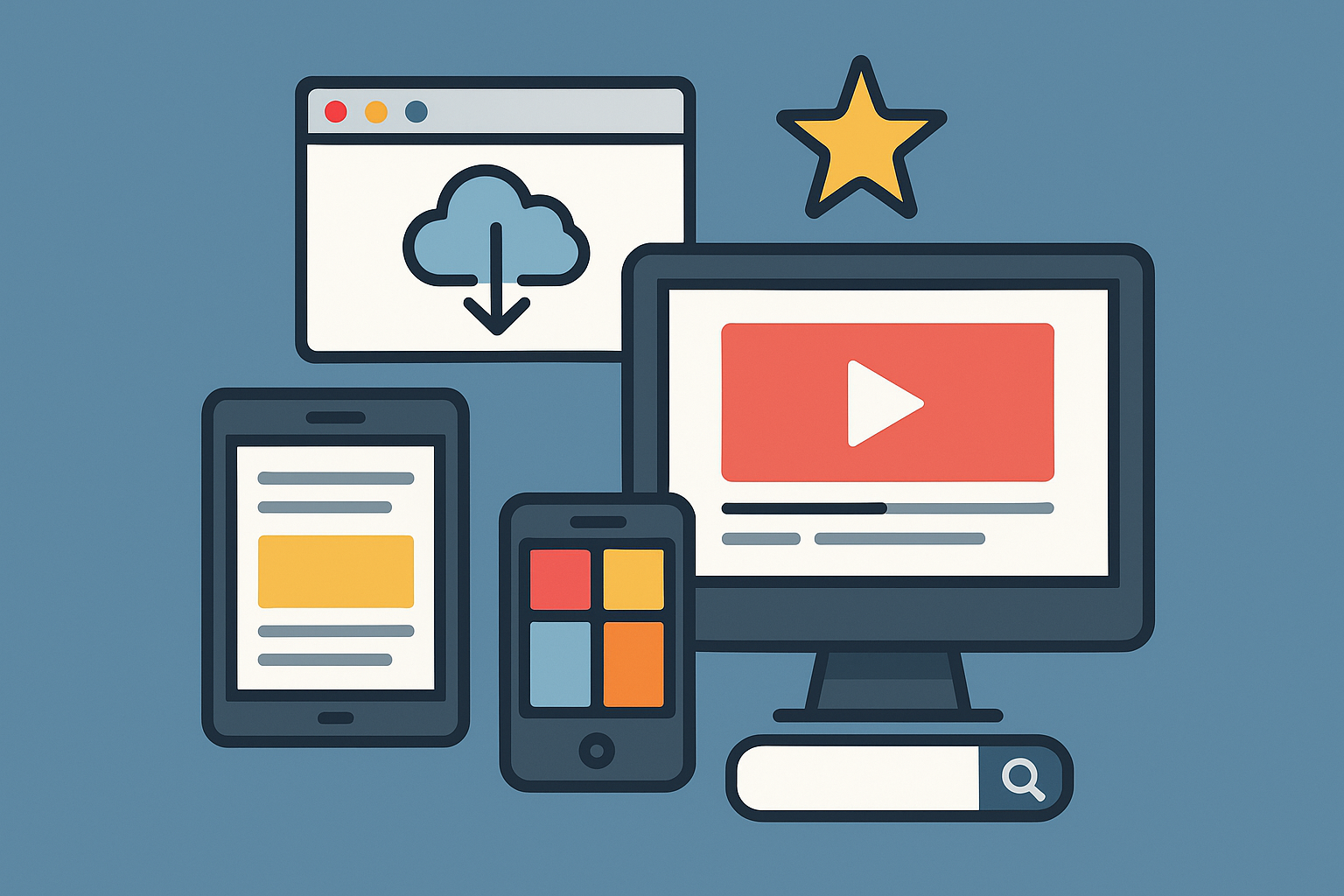Starting a YouTube channel today is one of the best ways to share your passion, build an audience, or even create a sustainable business. But to stand out in a sea of content, you’ll need more than just a camera and a good idea. The right tools can make a huge difference in video quality, branding, workflow, and audience growth.
This guide covers everything you need—from affordable gear to essential software—to help you launch and grow a YouTube channel like a pro.
Why Tools Matter When Starting a YouTube Channel
YouTube success depends on three pillars:
- Content quality
- Consistency
- Optimization
Great tools don’t replace talent, but they enhance your delivery, make content creation easier, and improve the viewer experience. They also help you save time—an essential factor when publishing videos regularly.
1. Best Cameras for YouTube Beginners
You don’t need a DSLR to get started. Here are great options across all budgets:
💡 Budget-Friendly
- Smartphone Camera (iPhone 12+, Samsung Galaxy S20+, Google Pixel 6+): Most flagship phones now shoot in 4K and have solid autofocus and stabilization.
- Logitech C920 Webcam: Full HD resolution, great for live streams, tutorials, and reaction videos.
💡 Mid-Range
- Canon EOS M50 Mark II: Lightweight, flip-screen, great autofocus, clean HDMI output.
- Sony ZV-1: Designed for vloggers. Excellent video and audio straight from the camera.
💡 High-End
- Sony A6400: Great for cinematic visuals, interchangeable lenses, and low-light performance.
- Panasonic GH5: Ideal for professional creators needing more control and quality.
2. Microphones for Crisp, Clear Audio
Your audience may tolerate lower-quality video, but bad audio is an instant turnoff. Here’s how to level up your sound:
🎤 Entry-Level
- BOYA BY-M1 Lavalier Mic: Budget-friendly and perfect for interviews or talking-head videos.
- Fifine USB Mic: Great for voiceovers or desktop setups.
🎤 Mid-Level
- Blue Yeti USB Mic: Extremely popular, versatile for podcasting and narration.
- Rode VideoMicro: Shotgun mic for on-camera use, no battery needed.
🎤 Pro-Level
- Rode Wireless GO II: Wireless lavalier mics with great range and audio quality.
- Shure MV7: USB/XLR mic ideal for pro voiceovers and podcasting.
3. Lighting for Better Visuals
Lighting can transform the look of your videos, even if you’re using a smartphone. Here are essentials:
- Ring Light: Inexpensive and effective for evenly lit close-up shots.
- Softbox Kits: Excellent for indoor studio lighting.
- LED Panels: Adjustable brightness and color temperature (brands like Neewer, ULANZI).
Tip: Use natural light near a window if you’re on a tight budget!
4. Tripods and Stabilizers
Shaky video? No, thanks. These tools help stabilize your shots:
- UBeesize Phone Tripod: Compact, adjustable, perfect for mobile creators.
- Joby GorillaPod: Flexible legs wrap around objects—great for vlogging outdoors.
- Neewer Tripod Stand: Solid option for DSLR or mirrorless cameras.
- DJI Osmo Mobile: Gimbal for buttery-smooth smartphone footage.
5. Software for Editing and Production
Once you’ve recorded your footage, it’s time to edit like a pro. Here’s what to use:
🎬 Free Editing Tools
- DaVinci Resolve: Professional-grade color correction and effects.
- CapCut: Easy-to-use, great for short-form or mobile editing.
- iMovie: Simple and effective for Apple users.
🎬 Paid Editors
- Adobe Premiere Pro: Industry standard for YouTubers.
- Final Cut Pro: Fast rendering, optimized for Mac.
- Filmora: Beginner-friendly, with fun transitions and effects.
Add subtitles with VEED.io or Descript, especially for accessibility and retention.
6. Screen Recording & Streaming Tools
Need to record your screen for tutorials or stream live content?
- OBS Studio (Free): Great for screen recording, tutorials, or gaming streams.
- Streamlabs OBS: Popular with gamers and live talk shows.
- Loom: Fast and simple for educational or business videos.
- Camtasia: Excellent for tutorial creation (paid).
7. Design Tools for Thumbnails, Intros, and Branding
Eye-catching visuals are critical for engagement.
- Canva: Design channel banners, thumbnails, and social media graphics. Thousands of templates available.
- Placeit: Create animated intros and mockups.
- Snappa and Fotor: Quick and beginner-friendly thumbnail creators.
Branding Tip:
Maintain a consistent color palette, font choice, and tone across your videos and channel assets.
8. Planning and Workflow Tools
Consistency builds trust. Plan ahead with these tools:
- Notion or Trello: Organize video ideas, scripts, and content calendar.
- Google Sheets: Track video performance and content strategy.
- Google Calendar: Schedule uploads and filming days.
You can even batch record content to stay ahead of your posting schedule.
9. YouTube SEO and Analytics Tools
Get discovered faster with optimization:
- TubeBuddy: Offers keyword suggestions, tag management, and thumbnail tests.
- vidIQ: Helps with SEO scoring, competitor research, and trend tracking.
- Google Trends: Discover what’s popular in your niche or region.
Use YouTube Studio Analytics to track:
- Watch time
- Retention rates
- Click-through rate (CTR)
- Traffic sources
10. Music and Sound Effects
Avoid copyright strikes by using royalty-free audio:
- YouTube Audio Library (Free): Safe to use and high-quality.
- Epidemic Sound: Subscription-based with vast music and effects library.
- Artlist.io: High-end cinematic tracks.
- Bensound and Incompetech: Free and low-cost alternatives.
Always check licenses when downloading from third-party sites.
11. Mobile Creator Kits
Shooting content on your phone? No problem. Here’s a portable setup:
- Smartphone (with 4K camera)
- BOYA BY-M1 mic or Rode VideoMic Me
- Mini ring light
- UBeesize tripod
- CapCut or VN Video Editor for mobile editing
Perfect for creators on the move or limited by space.
Bonus: Tools for Collaboration
- Google Drive: Share scripts, videos, and assets with editors or collaborators.
- Slack or Discord: Stay in sync with a remote team.
- Frame.io: Review and comment on video drafts collaboratively.
Final Thoughts: Just Start, Then Improve
You don’t need to buy everything at once. Start with what you have—your phone, a free editing app, and Canva for thumbnails. As you build experience and confidence, you’ll learn what tools fit your style and content best.
Remember: Consistency beats perfection. And the right tools help you stay consistent, create better, and grow faster.
